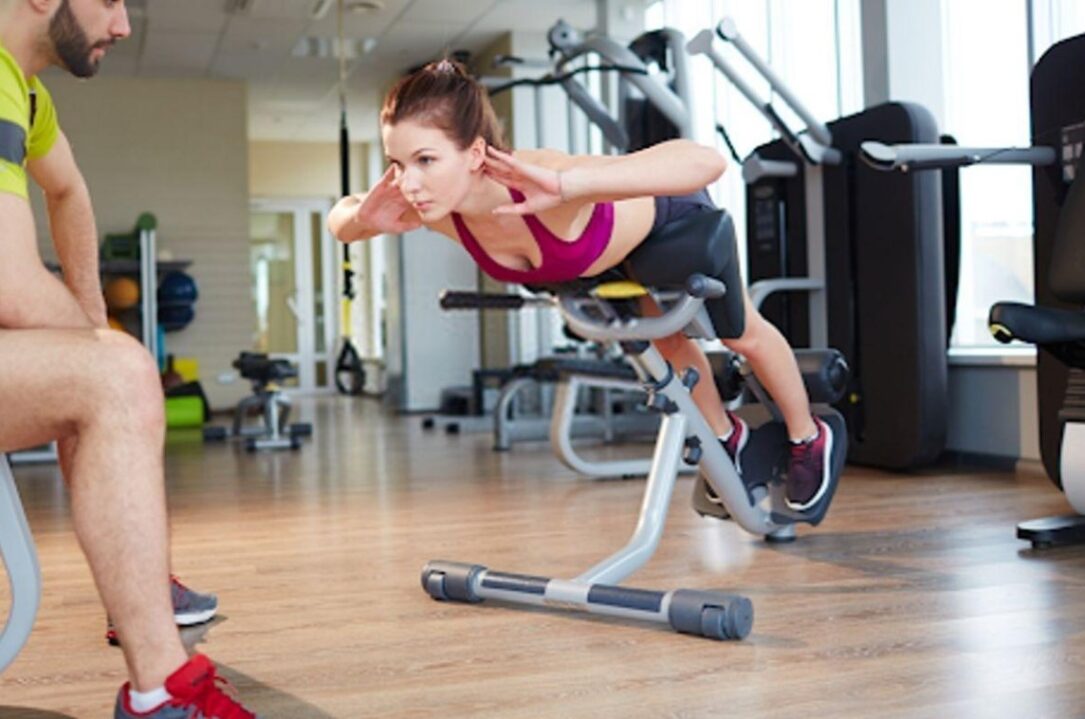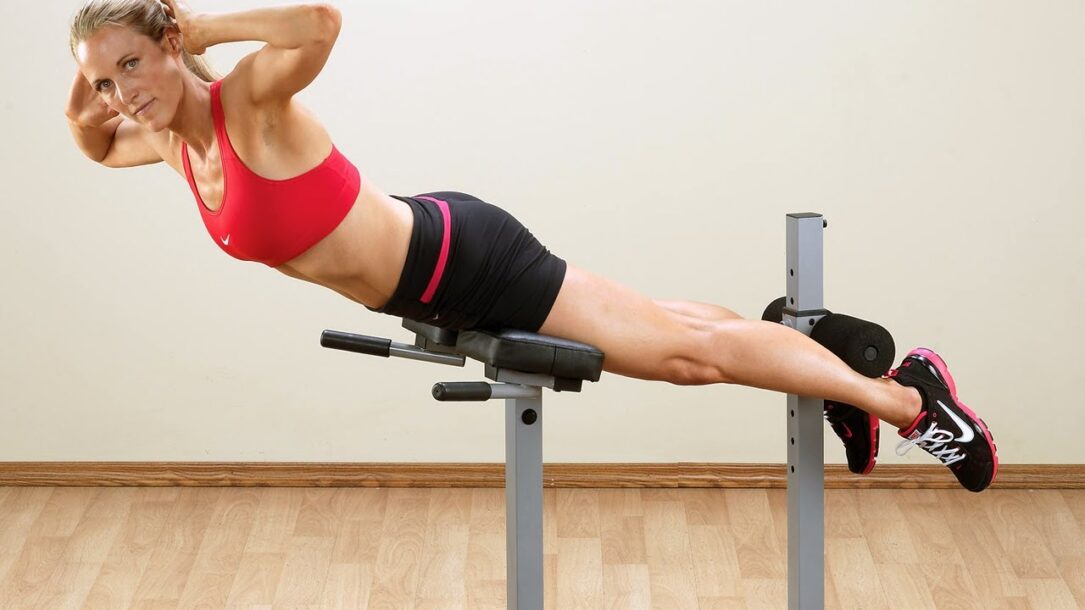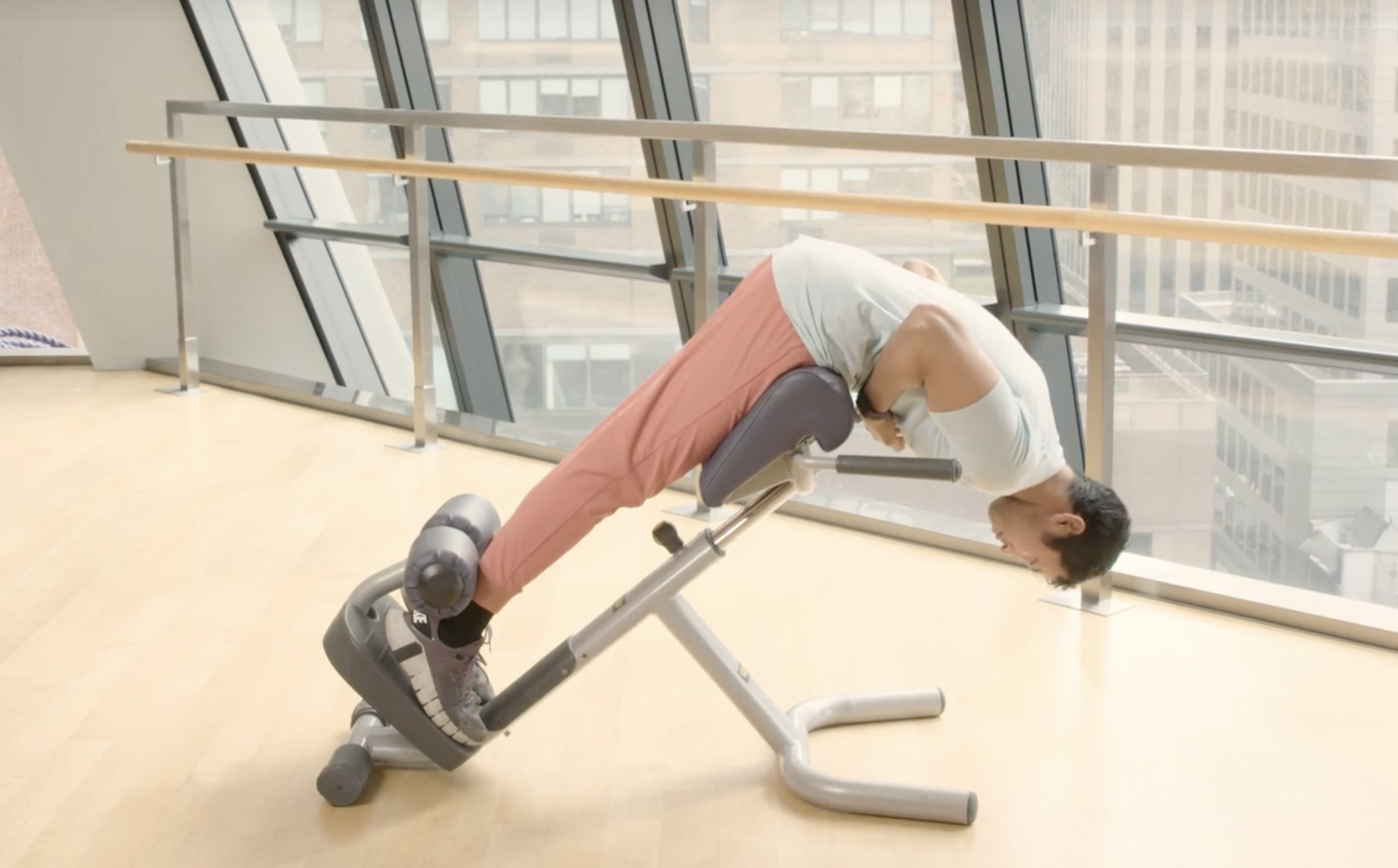Posture is an unsung hero in the story of our overall health. While it often goes unnoticed, it plays a crucial role in our everyday function and well-being. Good posture ensures that the body structures are in the correct alignment, allowing the muscles to work more efficiently, reducing the risk of injury and strain.
At the center of maintaining this equilibrium is our lower back. As the linchpin of our core, the lower back serves as a foundational pillar for both posture and physical strength.
Regrettably, the modern sedentary lifestyle often means this area is neglected, leading to a host of issues including discomfort, injury, and compromised posture.
By strengthening the lower back, especially through the dedicated use of a lower back extension machine, we can counteract these potential problems and lead healthier, more balanced lives.
Types of Lower Back Extension Machines
The fitness industry, recognizing the importance of the lower back, has developed several machines tailored to target and strengthen this area. Each comes with its unique design, catering to different comfort levels, workout intensities, and specific needs.
- The 45-Degree Back Extension Bench, commonly known as the Roman Chair, positions the user at an angle. This design supports the hips and thighs while allowing the upper body to rise and fall in a controlled motion, targeting the erector spinae muscles of the lower back.
- The 90-Degree Back Extension station is another popular choice. It offers a vertical setup wherein users secure their feet in place and hinge forward from the waist, demanding more from the core and back for stabilization.
- Finally, the Prone (Horizontal) Back Extension machine has users lying flat on their stomach. From this position, they lift their upper body, putting the focus squarely on the lower back muscles.
Choosing the Right Machine

Source: indiatimes.com
Venturing into the world of lower back machines can be daunting, given the myriad of options available. The ideal machine is a blend of practicality and effectiveness. Firstly, consider Space and Size. A lower back extension machine, due to its design, occupies a more substantial footprint.
Comfort is another critical aspect. Check for adequate padding, ergonomic design, and user-friendly adjustments. An uncomfortable machine will discourage regular use. Adjustability can’t be ignored either.
A versatile machine, offering options to tweak height and angle, can cater to different body types and allow users to modify their workouts as they progress.
Proper Lower Back Extension Technique
Technique isn’t just about ensuring your workout is effective—it’s about safeguarding your health. Even the best equipment can’t protect against poor form. For the 45-degree bench:
- Positioning: Ensure the machine is adjusted so that your pelvis lies snugly at the edge of the padding. This alignment not only maximizes the workout’s efficiency but also ensures your back is protected throughout the movement.
- Foot Placement: Your feet should be securely positioned under the footpads. This creates a stable base, ensuring your movements are controlled and consistent.
- Hand Placement: Cross your arms over your chest or place them gently behind your head. The latter can add some resistance but be cautious not to pull on your neck.
- Motion: As you lower and raise your upper body, do so with a controlled motion, using your lower back muscles.
Preparing for Your Workout
The prelude to any effective workout is preparation. Jumping straight into exercises, especially for such a crucial area as the lower back, without adequate preparation, is a recipe for injury.
- Cardio Warm-up: Begin with a brief 5-10 minute cardio session. This increases blood flow to muscles, preparing them for the strenuous activity ahead. It can be as simple as brisk walking, light jogging, or even jumping jacks.
- Dynamic Stretching: Unlike static stretching, which is best saved for post-workout, dynamic stretches warm up the body while maintaining movement. Think leg swings, hip circles, and arm rotations.
- Mindset: Physical preparation is paramount, but so is mental readiness. Be present during your workout, focusing on the muscles being worked. This mind-muscle connection can enhance results and ensure you’re attentive to your body’s signals.
Lower Back Extension Workout Routine
Starting with a well-structured plan is vital for beginners. A sample plan might look something like this:
- Warm-up: 5-10 minutes of light cardio followed by dynamic stretching.
- Back Extensions: 3 sets of 10-12 reps. Rest for 60 seconds between each set.
- Core Work: Integrate other exercises like planks or leg raises to complement the lower back work. Aim for 2-3 sets of each.
- Cooldown: Conclude with 5 minutes of light cardio to gradually reduce heart rate, followed by static stretches targeting the lower back and surrounding muscles.
Progression and Intensity

Source: verywellhealth.com
Once the basics are mastered, progression is key. The body adapts, and to continue reaping benefits, it’s essential to challenge it.
- Increase Reps/Sets: A simple way to up the ante is by adding more repetitions or sets to your routine.
- Add Resistance: Some machines come with weight stacks or places to add weight plates. As you grow stronger, incorporating weights can be beneficial.
- Vary Angles: If your machine allows, adjusting the angle can present a new challenge, targeting the muscles differently.
Common Mistakes to Avoid
Even seasoned gym-goers can fall prey to errors, especially when a new machine is introduced.
- Overarching: Excessively arching the back can strain it. Focus on controlled, smooth movements.
- Relying on Momentum: It’s not about how fast you can move, but how effectively. Slow, deliberate actions are key.
- Not Adjusting the Machine: Everyone’s body is different. Use the machine’s adjustable features to ensure it’s tailored to your body’s specifics.
Tips for Post-Workout Recovery
A workout doesn’t end once you leave the machine. Proper recovery can enhance results and reduce the risk of injury.
- Stretch: Engage in static stretches post-workout, focusing on the lower back and related muscle groups.
- Hydrate: Muscles are known to cramp or become sore when dehydrated. Drink water to aid in recovery.
- Nutrition: Consume a balanced meal or snack post-workout, emphasizing protein to assist in muscle repair and growth.
Conclusion

Source: youtube.com
In the orchestra of our body’s health, the lower back plays a lead role. Whether you’re a seasoned athlete or someone just looking to improve daily functionality, investing time and energy in strengthening the lower back can have profound effects.
A lower back extension machine, when used correctly, is an invaluable tool in this quest. Embrace the journey of strengthening, and unlock a life of better posture, reduced pain, and enhanced strength.














